
Review on Enhance Connection and Control with ELEGOO Channel Optocoupler for Arduino, Raspberry Pi, and Industrial Electrical Applications by Warrick Dembo

Elegoo 8 Channel Relay Module with Raspberry Pi 3
I just used it for a Raspberry PI project to control the ceiling fans in my living room and bedroom. This module works very well when properly connected to the RPi. There is a lot of misinformation about this product and its counterparts. I measured the actual current draw based on my project and here are the facts: The current draw on a single 3.3V GPIO port to turn on the relay is only 0.47mA, not 16-20mA as in the specifications given. The maximum current draw for the RPi's GPIO port is 16mA, so there is enough current to drive these relays. The relays are driven by a 5V source and the GPIO only turns on the relay driver power. The main 5V power supply increase when a GPIO port is enabled is 53mA. I haven't measured it for 2 relays at the same time. The 53mA to turn on the relay comes entirely from the 5V power supply, in my case a 2.5A wall wart connected to the microUSB header, so this current doesn't charge the RPi at all, only the wall wart. To connect the RPi to this module, connect the RPi's 5V pin to the JD VCC connector on the module and the RPi's GND pin to the GND pin on the module to the left of the JD VCC pin. Leave the middle VCC pin unused. Connect the 3.3V pin from the RPi to the VCC pin on the module's 10-pin header. I also connected another RPi GND pin to the GND pin on this header. Finally, connect the GPIO pins to each of the 8 inputs on this 10-pin header.
- 8 channels are optically isolated, safe, reliable and anti-interference. Widely used to control all microcontrollers, industrial sector, PLC control, smart home control. A full datasheet for this relay board can be downloaded from: http://dwz.win/UhW
- There are new competitors
New products
Comments (0)
Top products in 🔌 Electrical Controls & Indicators

TWTADE/AC 24V 10A Coil Electromagnetic Power Relay 8 Pins 2DPT 2NO+2NC With Indicator Light And Socket Base -YJ2N-LY

9 Review
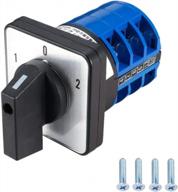
Universal Rotary Cam Selector Latching Switches - VictorsHome Changeover Switch LW28-32 With 3 Positions, 12 Terminals For 690V, 32A Capacity

9 Review
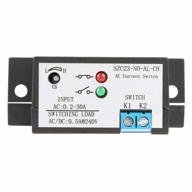
Adjustable AC Current Sensing Switch: SZC23 No AL-CH Model, 0.2A-30A Range

14 Review
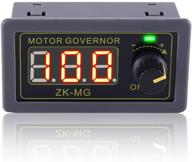
Adjustable Regulator Generator PEMENOL Controller

9 Review
Another interesting products

🔌 Bussmann GMA 5A Acting Cartridge Listed: Reliable and Efficient Cartridge Fuse for Your Automotive Needs

7 Review
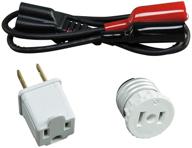
🔌 Enhance Your Electrical Work with Klein Tools 69411 Accessory Adapters

7 Review
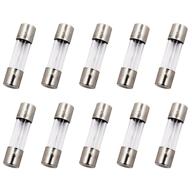
125V Industrial Electrical Fast Blow Glass Fuses - SIXQJZML Enhanced SEO

9 Review

Square HOMT2020 Circuit Breaker Homeline

7 Review

